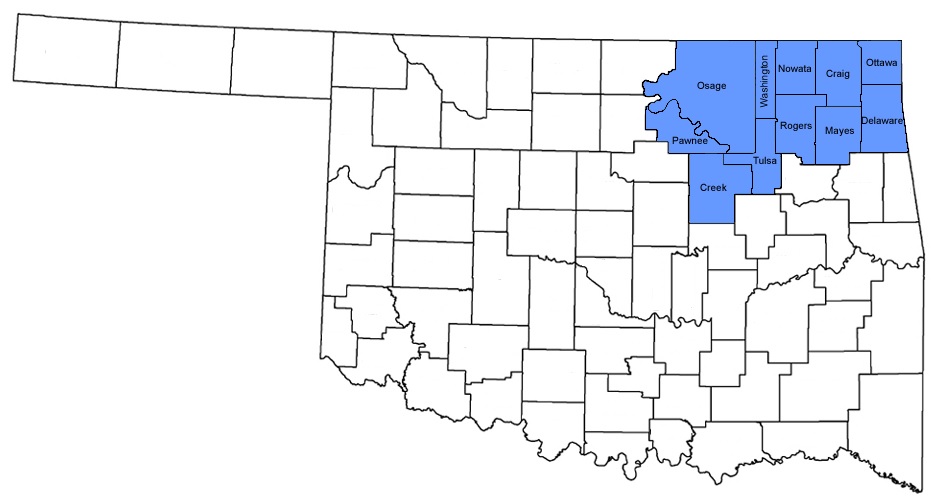Introduction
The Northern District of Oklahoma is a region steeped in history, where the past has left an indelible mark on the present. This article explores the rich tapestry of events and cultures that have shaped this district into what it is today.
Native American Heritage
The Roots of a Nation
The story of the Northern District of Oklahoma begins with its Native American heritage. Prior to European contact, this land was home to several indigenous tribes, including the Osage, Cherokee, and Creek nations. The forced removal of these tribes during the infamous Trail of Tears in the 1830s is a somber chapter in American history that forever altered the landscape of this region.
Land Runs and Settlement
The Land of Opportunity
The late 19th century saw a series of land runs in the Northern District of Oklahoma, as the federal government opened up vast swathes of land to settlers. The most famous of these was the Cherokee Outlet Land Run of 1893, which attracted thousands of eager homesteaders. These land runs not only transformed the region but also laid the foundation for the state of Oklahoma’s eventual formation in 1907.
Oil Boom and Economic Prosperity
Black Gold and the Birth of a Modern Economy
The discovery of oil in the early 20th century catapulted the Northern District of Oklahoma into an era of unprecedented economic prosperity. Cities like Tulsa became oil hubs, and the district played a pivotal role in fueling the nation’s growth. The wealth generated from oil fortunes led to the construction of magnificent Art Deco architecture that still stands as a testament to this golden age.
Tulsa Race Massacre
A Dark Chapter in History
One cannot discuss the history of the Northern District of Oklahoma without acknowledging the Tulsa Race Massacre of 1921. In the district’s Greenwood District, known as “Black Wall Street,” a thriving African-American community was destroyed in a racially motivated attack. This tragic event remains a stark reminder of the deep-seated racial tensions that have shaped American history.
Conclusion: A Tapestry of History
The Northern District of Oklahoma is more than just a geographical location; it’s a living testament to the complex and often tumultuous history of the United States. From its Native American roots to the land runs, the oil boom, and the scars of the Tulsa Race Massacre, this district has seen it all. Its historical significance lies not only in its past but also in its ability to adapt and evolve. Today, it stands as a diverse and thriving region that honors its history while embracing the future.
FAQ
Q1: What is the Northern District of Oklahoma known for?
A1: The Northern District of Oklahoma is known for its rich Native American heritage, historic land runs, the oil boom that fueled its economic growth, and the tragic Tulsa Race Massacre of 1921.
Q2: Are there any significant Native American cultural sites in the Northern District?
A2: Yes, there are several. The district is home to cultural centers and museums that celebrate the heritage of the Osage, Cherokee, Creek, and other indigenous tribes.
Q3: Can I visit historical landmarks related to the land runs in this district?
A3: Absolutely. Many historical sites and museums in the Northern District of Oklahoma offer insights into the land runs and the settling of this region. Notable places include the Cherokee Strip Regional Heritage Center and the Oklahoma Land Run Monument.
Q4: How has the district changed since the oil boom?
A4: The oil boom brought immense wealth and development to the Northern District, resulting in the construction of stunning Art Deco buildings in cities like Tulsa. While the oil industry remains a significant part of the district’s economy, it has diversified over the years, with a focus on technology, education, and healthcare sectors.
Q5: Is there any recognition or memorialization of the Tulsa Race Massacre?
A5: Yes, there are efforts to remember and honor the victims of the Tulsa Race Massacre. The Greenwood Cultural Center and the Greenwood Rising History Center are important places to learn about this tragic event and its impact on the African American community.



